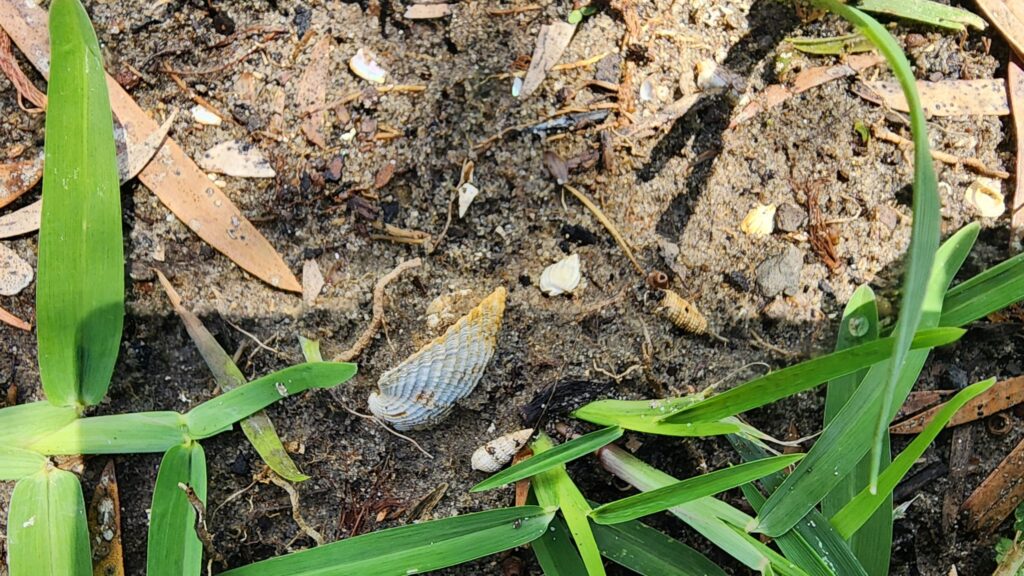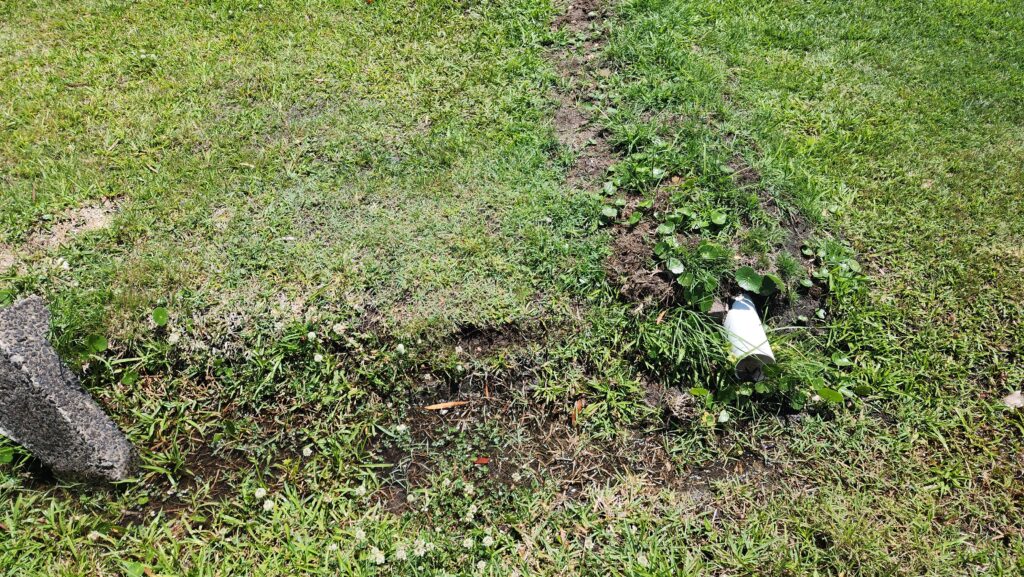Davistown Aboriginal Heritage Due Diligence Assessment
>>>
Davistown Aboriginal Heritage Due Diligence Assessment
Understanding Heritage Requirements in Davistown
The Central Coast Council Local Government Area (LGA), including Davistown and nearby suburbs such as Saratoga, Broadwater, and Yattalunga, contains areas with shell deposits in the soil, some of which may be of Aboriginal cultural origin. Following observations of shells in exposed soils, the Central Coast Council conducted an Aboriginal Cultural Heritage Assessment (ACHA) in 2023-2024 as part of the Sewer Vacuum Pot Refurbishment Project. The assessment identified much of Davistown as having moderate to high archaeological potential.
Under the NSW National Parks and Wildlife Act 1974, potential Aboriginal deposits (PADs) must be treated as potential Aboriginal heritage—culturally significant sites created by Aboriginal communities—until proven otherwise through a Government-approved archaeological assessment. To minimise the risk of impacting potential Aboriginal heritage, the Council requires certain Development Applications (DAs) near registered Aboriginal heritage sites to include an Aboriginal Heritage Due Diligence Assessment.

Key Considerations for Your Development Application
Davistown’s soil landscape features low-lying coastal terrain with sandy to loamy soils, shaped by estuarine and marine influences. Historical land reclamation has added layers of fill, such as imported soils or dredged sediments, over natural alluvial and marine sediment layers. These deeper layers, particularly within 180 meters of historical shorelines or tidal zones, may contain shell fragments. While some shells are natural deposits, others could be Aboriginal middens. This is one of the Central Coast Council’s core concerns. In this circumstance, the law assumes cultural significance until a rigorous archaeological assessment, including an ACHA, Aboriginal community engagement, and often an archaeological test pit study (requiring an Aboriginal Heritage Impact Permit), determines their origin.
Challenges of Traditional Assessments
Proving whether a shell deposit is a natural bed or an Aboriginal midden requires a Government-approved archaeological test pit excavation process, which is often costly, time-consuming, and impractical for most DAs. These assessments can delay development and blow out the budget.
Cost-Effective Analysis
To save time and money, you need to first determine if your property has Aboriginal heritage potential. To what depths is the soil disturbed or fill, and is there a shell deposit beneath it? We provide a non-destructive method to evaluate the presence of shell deposits. We can detect subsurface shell fragments and map their depth and extent through geotechnical soils and sediment analysis within a geoarchaeological framework. This approach identifies the potential archaeological deposits (PADs) without invasive testing, ensuring compliance with heritage regulations while supporting informed decision-making. Based on the findings, with a clearer picture, if shells are present, you may choose to revise your development plans to avoid impacting shell layers or opt for further archaeological assessment that will determine the exact origin of the shells. But until you know, you are walking blind.
This geotechnical process is quick and cost-effective, and the analysis findings are displayed in a visual format that is implemented into the due diligence assessment for council submission.
Does your project need an Aboriginal Heritage Due Diligence Assessment?
What does an Aboriginal Heritage Due diligence assessment involve?
- Research and Contextual Analysis: The review of existing data. This includes consulting relevant registers that document known Aboriginal heritage sites and understanding the historical and cultural context of the area.
- Site Inspection: A vital component of the assessment is the on-ground inspection. This visual examination will determine if any heritage objects exist or are likely to exist on the property.
- Geotechnical survey: We can detect subsurface shell fragments and map their depth and extent through geotechnical soils and sediment analysis within a geoarchaeological framework.
- The Report: A report is produced to present the findings and determine if further investigation is required or if harm to heritage or potential heritage can be avoided.
Choosing a Consultant with the correct Expertise
The Brisbane Water area landscape is unique and contains heritage challenges that are not always observed in other parts of NSW. Not all consultants specialise in this area. Incorrect assessment of your site can have serious ramifications for your development.
Talking Walls Heritage Consultants specialises in the archaeology found within the sandstone belt and along the creeks and rivers of the Central Coast. This puts us in the position to provide an appropriate assessment.
Working with Talking Walls
Our goal is to ensure all parties involved achieve a suitable outcome from the assessment process. Our purpose is to help you get your DA approved by making sure all the Council’s requirements are met, ensuring Aboriginal communities are confident their heritage is being respected and protected and offering solutions when they are required.
Contact Us for an Assessment
Contact us to discuss the Aboriginal Heritage Due Diligence Assessment in relation to your property in Davistown, Yattalunga or Saratoga.
Elliot@talkingwallshistory.com.au






